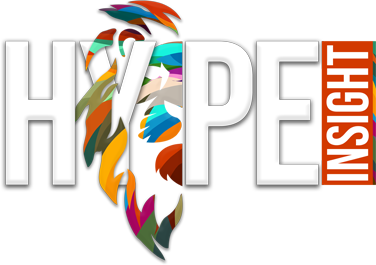Some brands drop millions for a 30-second Super Bowl ad, hoping for a viral moment that justifies the jaw-dropping price tag. Starbucks? They played a different game—and they played it well.
Instead of throwing its hat into the high-stakes ad frenzy, the Starbucks Super Bowl ad strategy was crafted in a more strategic, cost-effective approach that let it ride the Super Bowl wave without burning cash. And the best part? It worked.
How Starbucks Made the Super Bowl Work for Them
Rather than a single flashy spot during the game, Starbucks rolled out a three-part campaign that maximized impact while minimizing costs:
Pre-game brand film: A 60-second ad spotlighting baristas, customer connections, and the ritual of writing names on cups. A nod to nostalgia with a fresh spin.
Post-game promo ad: A quick, witty 15-second reminder of their free coffee offer on Monday. Simple, effective, and tied to the post-Super Bowl exhaustion we all know too well.
Free coffee giveaway: On the Monday after the big game—when 22 million Americans are expected to call in sick—Starbucks turned grogginess into foot traffic, offering free coffee to loyalty members.
The Smart Way to Play the Super Bowl Marketing Game
When most people think of Super Bowl ads, they picture celebrity cameos, heartstring-tugging storytelling, or absurd humor. What they don’t always think about? The cost—$7-8 million for just 30 seconds on air. And that’s not even counting production costs.
Starbucks’s Super Bowl ad play sidestepped that spending war while still keeping the Super Bowl audience engaged. Instead of competing during the game, they strategically placed themselves before and after—where attention was still high but the competition was low.
Why This Strategy Works—and What Brands Can Learn
This wasn’t just about saving money. It was about understanding consumer behavior and making meaningful brand moments. Here’s why Starbucks’ approach is a masterclass in smart marketing:
Timing over tradition: The ad slot during the game isn’t the only valuable real estate. Starbucks hit consumers when they were still paying attention—without fighting for airspace.
Engagement overexposure: A $7M Super Bowl ad might get people talking. A free coffee offer gets them walking—into stores, onto the app, and actively engaging with the brand.
Brand storytelling over hard selling: Starbucks didn’t just push a product; they leaned into nostalgia, personalization, and community. That emotional connection is what sticks.
Spending smarter, not bigger: The biggest ad spend doesn’t always win. The right spend at the right moment does.
How Businesses of Any Size Can Steal This Playbook
You don’t need a Starbucks-sized budget to pull off a similar marketing strategy. Here’s how small businesses and entrepreneurs can apply these tactics:
Capitalize on cultural moments: Whether it’s the Super Bowl, the Oscars, or a viral trend, find creative ways to tap into the conversation without chasing expensive ad placements.
Create offers that drive action: Starbucks’ free coffee was about participation, not just promotion. Think of ways to get customers involved—exclusive discounts, special perks, or limited-time giveaways.
Use ads strategically: Can’t afford a prime-time TV spot? Look at pre-game, post-event, or highly targeted digital campaigns where attention is high, but costs are lower.
Prioritize experience overexposure: A viral ad is great, but a memorable brand interaction is better. Give your audience something they’ll remember beyond just a momentary laugh.
Winning Beyond the Super Bowl
The Starbucks Super Bowl Ad strategy proves that brands don’t need the biggest budget to make the biggest impact. By focusing on timing, engagement, and customer experience, Starbucks turned one of the most expensive marketing events into an opportunity that felt personal and intentional.
For brands looking to stand out—whether during the Super Bowl or any major event—the lesson is clear: spend smarter, engage deeper, and always think beyond the obvious.
FAQs
- How can brands leverage events like the Super Bowl without spending millions?
Brands can tap into the excitement by running pre- or post-event promotions, engaging audiences on social media, or offering interactive experiences that keep the conversation going long after the final whistle. - How does nostalgia help in marketing?
Nostalgia taps into memories and emotions, making a brand feel familiar and trusted. Starbucks used this by bringing back classic moments—like writing names on cups—to reinforce a sense of connection. - How do loyalty programs drive engagement?
Loyalty perks (like Starbucks’ free coffee offer) encourage repeat visits, boost customer retention, and create a habit of engaging with the brand, turning occasional buyers into long-term fans.

